Gulkhaira cultivation, also known as Gulkhaira farming, is an innovative and profitable agricultural business idea that can help you earn up to ₹50,000 with only one bigha of land by investing ₹10,000 in this high-yield medicinal plant. Gulkhaira is a valuable plant that is used in various medicines, especially in Unani remedies, for treating conditions like fever, cough, and male health issues.
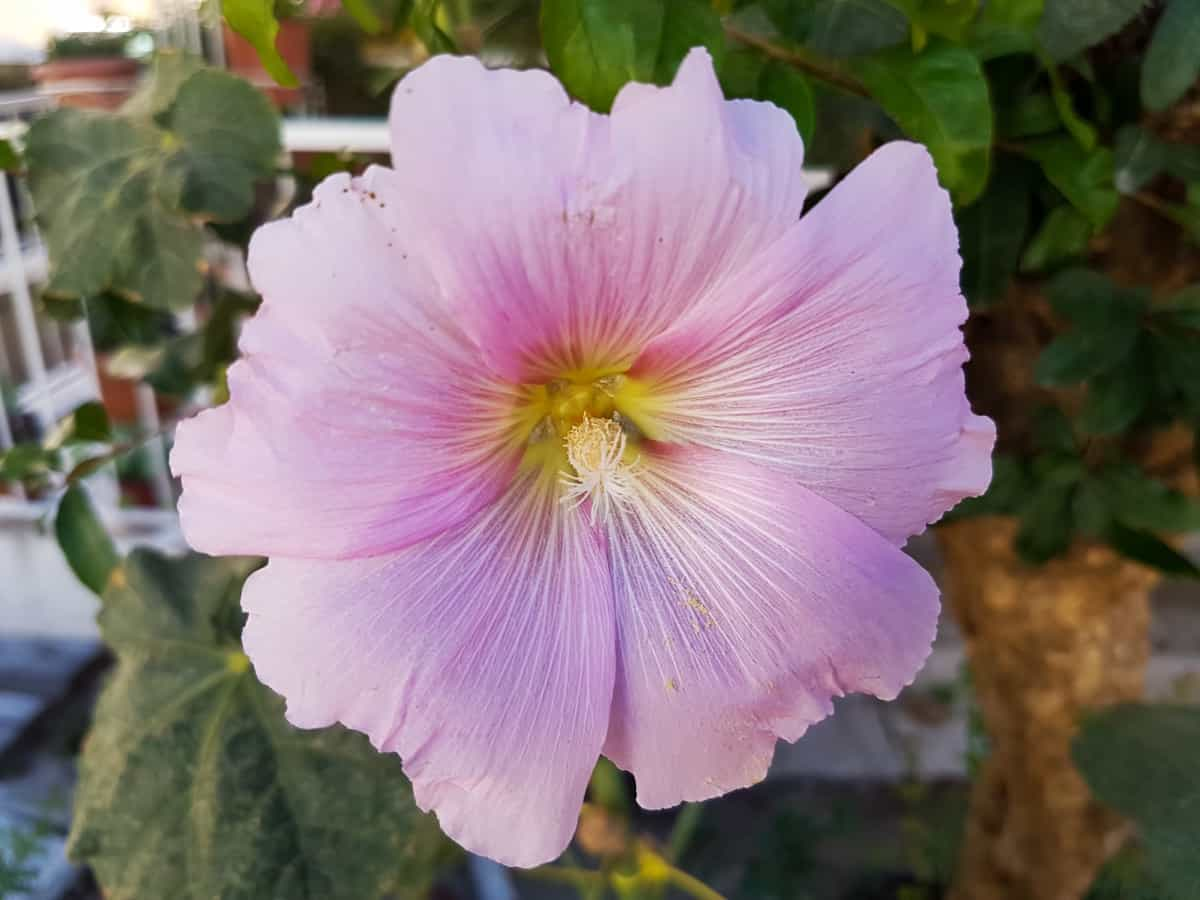
Different parts of the Gulkhaira plant, such as flowers, leaves, stems, and seeds, have high market demand and fetch good prices. In this blog post, we will discuss how to start and succeed in Gulkhaira cultivation.
How to Earn Good Profits with Gulkhaira Cultivation
What is Gulkhaira Cultivation?
Gulkhaira cultivation is the practice of growing Gulkhaira plants for their medicinal value. Gulkhaira is a herbaceous plant that belongs to the Asteraceae family. It has yellow flowers and green leaves that are covered with fine hairs. The scientific name of Gulkhaira is Inula racemosa. It is also known by other names such as Pushkarmool, Puskara, Iksir-e-Jigar, and Ishq-e-Jigar. Gulkhaira cultivation is a concept that has been introduced previously. It has been practiced for centuries in countries like Pakistan and Afghanistan, where it is native.
However, it has recently gained popularity in India, especially in Uttar Pradesh, where farmers have found it to be a profitable and sustainable crop.
One of the advantages of Gulkhaira cultivation is that it can be intercropped with other crops, such as wheat, mustard, and sugarcane, without affecting their yield or quality. This way, farmers can utilize their existing land and resources more efficiently and diversify their income sources.
Market Demand for Gulkhaira Products
Gulkhaira, a medicinal plant, is in high demand due to its medicinal properties and applications in pharmaceutical products. One quintal can fetch up to ₹10,000, and around five quintals can be produced from a single bigha of land, potentially generating earnings of up to ₹50,000 per bigha. Pharmaceutical companies are the main buyers of Gulkhaira products, which are used to produce medicines for various conditions like fever, cough, asthma, bronchitis, rheumatism, arthritis, heart diseases, liver disorders, and male health issues.
In case you missed it: Arka Savi Rose Cultivation: Yield Per Acre, Growing Cost, and Profit Analysis
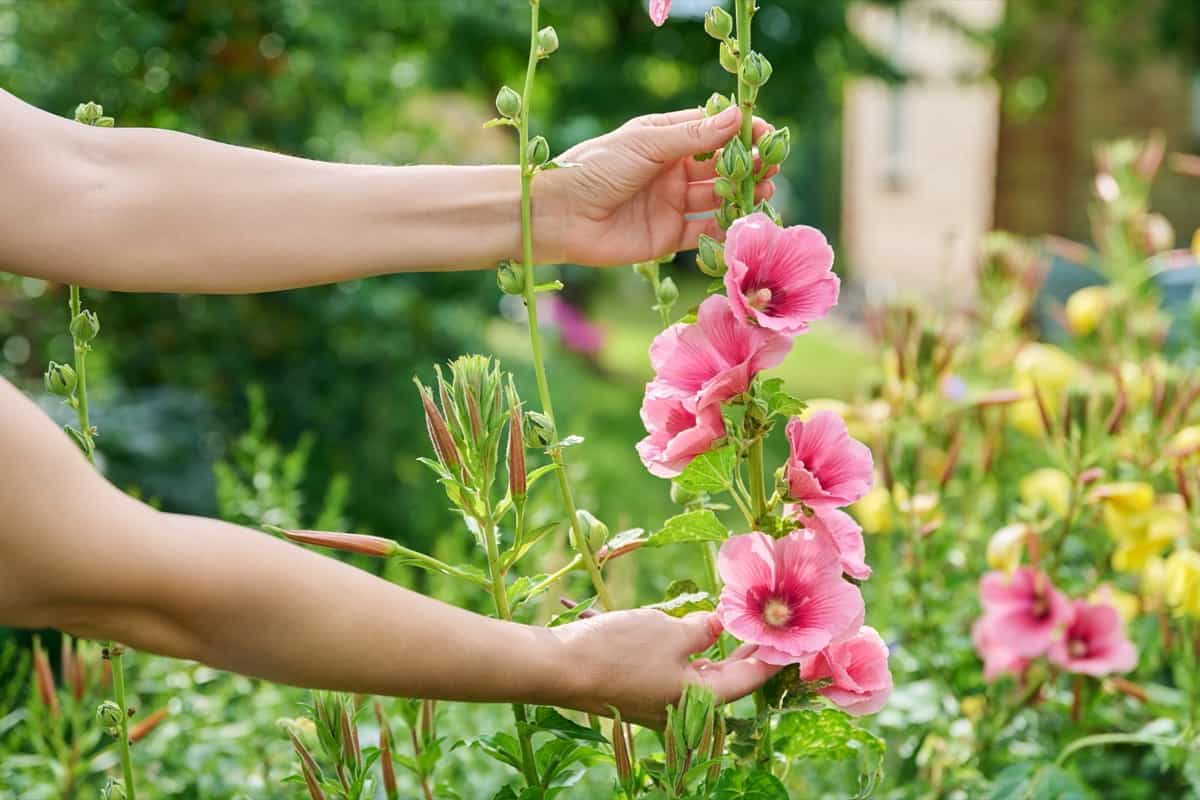
Popular Gulkhaira medicines include Khamira Abresham Hakim Arshad Wala, Khamira Marwareed Khas, Khamira Gawzaban Ambari Jawahar Wala, and Majun Salab. Gulkhaira products can also be used in herbal teas, cosmetics, perfumes, and incense sticks, catering to health-conscious consumers who prefer natural and organic products.
Identify Optimal Growing Conditions for Gulkhaira
- Gulkhaira is a hardy plant that can grow in various climatic conditions. However, it prefers a temperate climate with moderate rainfall and sunshine.
- The optimal temperature range for Gulkhaira cultivation is between 15°C to 25°C. Gulkhaira can grow in different types of soils but prefers well-drained sandy loam or clay loam soils with pH ranging from 6.5 to 7.5.
Select the Right Cultivar for High-Yield Gulkhaira Production
The selection of the right Gulkhaira cultivar is crucial for achieving the high yield and quality of Gulkhaira products. Factors to consider when choosing a cultivar include adaptability to local climatic and soil conditions, resistance to pests and diseases, yield potential and quality of flowers, leaves, stems, and seeds, and market demand and price.
The Central Institute of Medicinal and Aromatic Plants developed the high-yielding cultivar K-1, which produces sizable, bright yellow flowers with a high oil content and resistance to pests, diseases. K-2, another high-yielding variety, produces medium-sized yellow flowers with high oil content and resistance to pests and diseases, yielding up to 5 quintals of flowers per hectare.
K-3, a dwarf variety, produces small yellow flowers with high oil content and resistance to pests and diseases, yielding up to 4 quintals per hectare. Local, a traditional variety widely grown by farmers in Uttar Pradesh, produces medium-sized yellow flowers with moderate oil content and resistance to pests and diseases, yielding up to 3 quintals of flowers per hectare.
Implement Effective Soil Preparation Techniques for Gulkhaira Cultivation
- Plowing: The land should be plowed thoroughly to break the clods and make the soil loose and friable. Ploughing also helps in weed control and soil aeration.
- Leveling: The land should be leveled properly to ensure uniform distribution of water and nutrients. Levelling also helps in preventing soil erosion and waterlogging.
- Manuring: The land should be enriched with organic manure such as farmyard manure, compost, or vermicompost at the rate of 10 to 15 tonnes per hectare before plowing. Manuring helps in improving soil fertility and structure.
- Fertilizing: The land should be supplemented with chemical fertilizers such as urea, diammonium phosphate (DAP), and muriate of potash (MOP) at the rate of 100: 50: 50 kg per hectare, respectively, before plowing. Fertilizing helps provide essential nutrients such as nitrogen, phosphorus, and potassium to the plants.
- Irrigating: The land should be irrigated well after plowing to moisten the soil and facilitate seed germination.
In case you missed it: Pest Management in Marigold Crop: Major Insect Pest of Marigolds and Best Insecticide for Marigolds
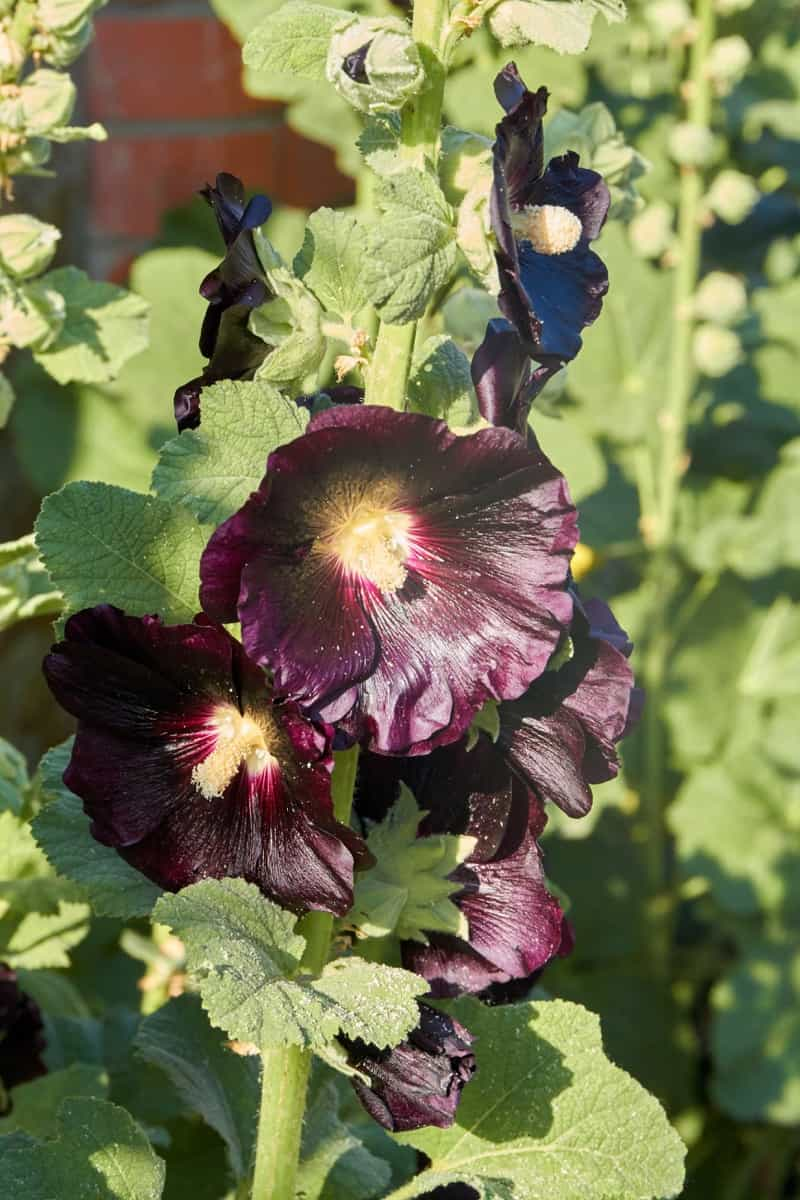
Best Practices for Planting and Propagating Gulkhaira
Sowing time: The best time for sowing Gulkhaira seeds is in November, after the harvest of kharif crops such as rice, maize, or millets. Sowing in November ensures optimal temperature and moisture conditions for seed germination and plant growth.
Seed rate: The recommended seed rate for Gulkhaira cultivation is 5 kg per hectare. The seeds should be treated with fungicides such as captan or thiram at the rate of 2g/kg of seeds before sowing to prevent fungal infections.
Sowing method: The seeds should be sown by broadcasting or drilling method at a depth of 1 to 2 cm in rows or beds. The broadcasting method involves scattering the seeds uniformly over the prepared land. The drilling method involves making furrows or channels in the soil and placing the seeds at regular intervals along them.
Spacing: The optimal spacing for Gulkhaira cultivation is 30 cm x 30 cm between plants and rows, respectively. This spacing allows adequate space for plant growth, sunlight penetration, air circulation, and weed control. Line sowing involves making rows with a spacing of 30 cm to 45 cm and sowing the seeds for depth of 1 cm to 2 cm with a spacing of 15 cm to 20 cm within the rows.
Nutrient Management Strategies for Maximizing Gulkhaira Yield
Gulkhaira, a hardy plant, can thrive in various soil types and climates. To maximize yield and quality, it’s recommended to use well-decomposed farmyard manure or compost, apply nitrogen fertilizer in two doses, apply phosphorus fertilizer at 30-40 kg, and potassium fertilizer at 20-30 kg. Additionally, micronutrients like zinc, boron, iron, and manganese should be used according to soil test recommendations. These practices ensure the plant’s optimal growth and quality, ensuring optimal yield and quality.
In case you missed it: Easy Homemade Recipes for Garden Plants: Natural and Organic Fertilizer for Vegetables, Flowers, and Houseplants
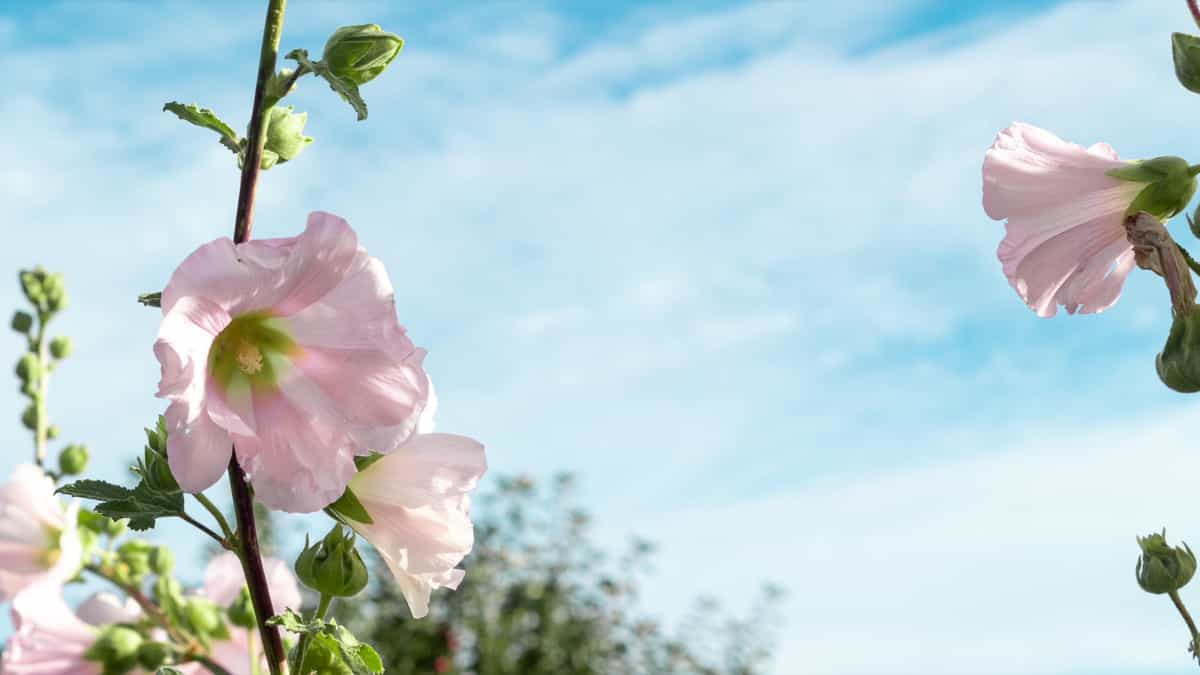
Irrigation and Water Management in Gulkhaira Cultivation
Gulkhaira is a drought-tolerant plant that can survive with minimal irrigation. However, to ensure optimal growth and development, it is recommended to provide adequate water at critical stages such as germination, flowering, and seed formation. Some of the irrigation and water management tips are:
- Use drip irrigation or sprinkler irrigation to save water and prevent weed growth.
- Irrigate the crop at intervals of 10-15 days, depending on the soil moisture and weather conditions.
- Avoid waterlogging and overwatering, as they can cause root rot and fungal diseases.
- Maintain a soil moisture level of 60-70% throughout the crop cycle.
Pest and Disease Control Measures for Gulkhaira Plants
Aphids: These are small sucking insects that feed on the of the plant and cause curling and yellowing of leaves. They can also transmit viral diseases. To control them, spray neem oil or insecticidal soap or use biological agents such as ladybugs or lacewings.
Cutworms: Caterpillars that feed on the leaves, stems and roots of young plants and cut them off at the base. They are active at night and hide in the soil during the day. To control them, use pheromone traps, handpick them, or apply Bacillus thuringiensis (Bt) or spinosad.
Powdery mildew: Fungal disease with white powdery patches on the leaves and stems. It reduces photosynthesis and affects plant growth. To control it, spray sulfur or potassium bicarbonate or neem oil or use resistant varieties.
Root rot: Fungal disease that causes decay and wilting of roots. It occurs due to poor drainage, overwatering, or soil-borne pathogens. To control it, improve soil drainage and aeration or use fungicides or crop rotation.
Harvesting and Post-Harvest Handling of Gulkhaira
Gulkhaira seeds are ready for harvest when they turn brown and start shattering. The harvesting process varies from April to May, depending on sowing time and climatic conditions. There are two methods: manual and mechanical. Manual harvesting involves cutting plants and collecting them in bundles, threshing them, and separating the seeds from the chaff.
Mechanical harvesting uses a combined harvester to cut, thresh, and clean the crop in one operation. The harvested material is then dried in the sun or a dryer. Post-harvest handling involves drying the harvested material to reduce moisture content to 10-12% for safe storage and transportation. This can be done in the sun or using a dryer, with uniform drying to avoid overheating or over-drying.
The dried material is then cleaned to remove dust, dirt, stones, weeds, and other impurities. The cleaned material is graded according to size, shape, color, and quality. The graded material is packed in clean, dry, and moisture-proof bags or containers, labeled with the name, variety, weight, date, and quality of the material. The material is stored in a cool, dry, and well-ventilated place free from pests, rodents, birds, and moisture. Regular checks are conducted for signs of deterioration or infestation.
Value-Added Processing of Gulkhaira Products
Gulkhaira products can be processed into value-added products with higher market value and demand. These include Gulkhaira oil, which has anti-inflammatory, antiseptic, and analgesic properties and is used in aromatherapy, massage, cosmetics, and pharmaceuticals. Gulkhaira powder, obtained by grinding dried flowers, leaves, stems, or seeds, has antioxidant, antibacterial, and antifungal properties and is used in herbal medicines, supplements, cosmetics, and food products.
In case you missed it: How to Grow Hibiscus Plants and Care for Them: Check How this Guide Helps Beginners
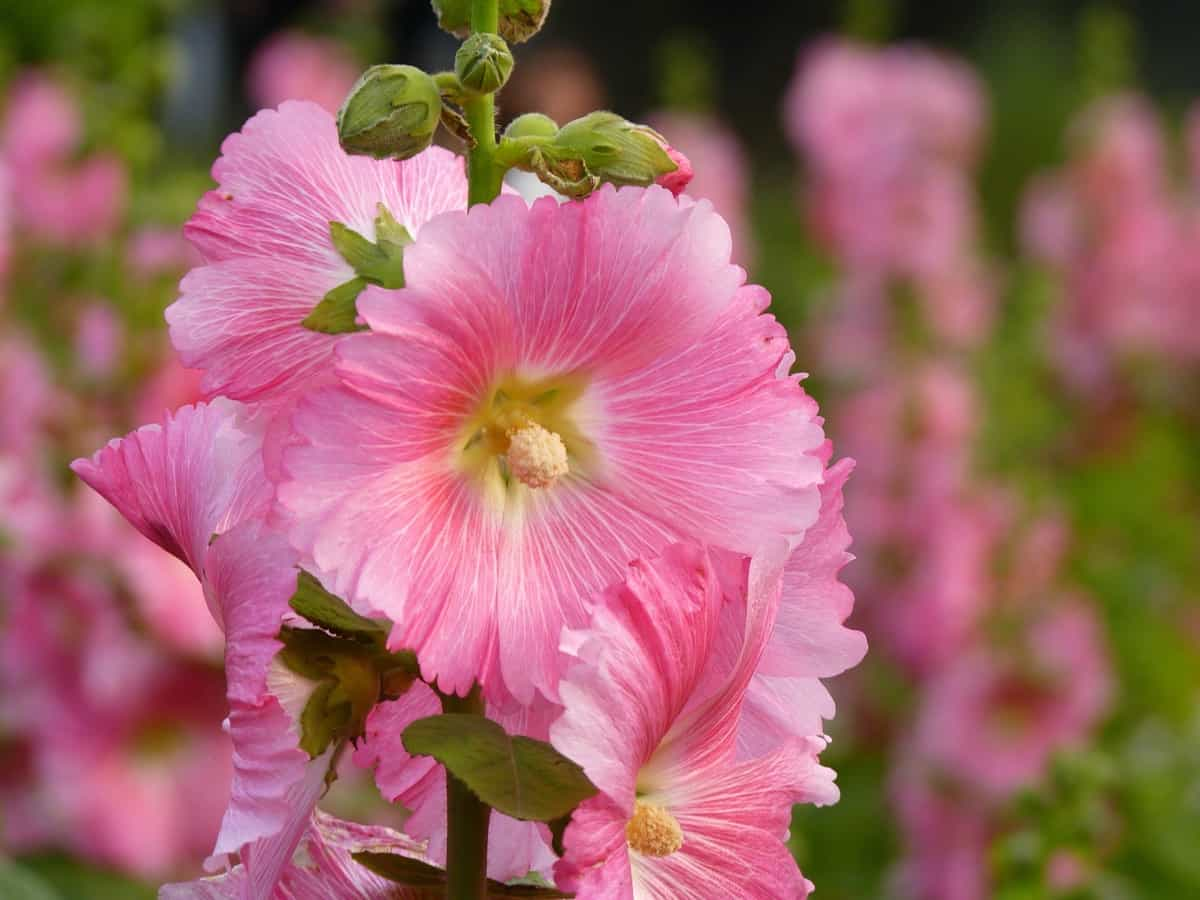
Gulkhaira extract, obtained by boiling or soaking dried flowers, leaves, stems, or seeds, has anti-diabetic, anti-cancer, and anti-obesity properties and is used in herbal medicines, supplements, cosmetics, and food products. Gulkhaira tea, brewed in hot water, has soothing, relaxing, and detoxifying effects, used for health and wellness.
Develop Marketing Strategies for Gulkhaira-Derived Products
Gulkhaira-derived products hold significant potential in India and abroad due to their medicinal and cosmetic benefits. To effectively tap into this market, marketing strategies should be implemented, including identifying target market segments, conducting market research, unique selling proposition, creating a brand name and logo, designing attractive packaging, promoting through various channels, establishing a distribution network, and building customer loyalty and retention.
These strategies should include understanding market trends, opportunities, threats, competitors, and customer feedback, creating a unique selling proposition, designing attractive packaging and labeling, promoting Gulkhaira-derived products through various channels, establishing a distribution network, and providing quality products at reasonable prices and after-sales support.
Financial Planning and Cost Analysis in Gulkhaira Cultivation
Gulkhaira, also known as Alhagi maurorum, is a medicinal plant that is in high demand in the pharmaceutical industry. It is used in various medicines, particularly in Unani remedies, for treating conditions like fever, cough, and male health problems. Gulkhaira cultivation is a profitable and sustainable agriculture business idea that can be integrated with existing crops without requiring separate land or additional inputs.
One quintal of Gulkhaira can fetch prices of up to ₹ 10,000 in the market. An estimated five quintals of Gulkhaira can be produced from a single bigha of land, potentially generating earnings of up to ₹ 50,000 per bigha. The investment mainly involves obtaining seeds, which can be reused for subsequent seasons. The planting begins in November, and harvesting takes place in April and May. As the plant matures, its leaves and stems naturally drop, simplifying the collection process.
To plan and analyze the financial aspects of Gulkhaira cultivation, one needs to consider the cost of seeds, labor costs, transportation and marketing costs, and revenue from sales. The total cost of Gulkhaira cultivation for one bigha of land is about ₹ 7,500-10,000, and the total revenue is about ₹ 50,000. This implies a net profit of about ₹ 40,000-42,500 per bigha of land, with a return on investment (ROI) of about 400-500%, which is quite impressive compared to other crops.
Regulatory Compliance and Quality Standards in the Gulkhaira Industry
The Indian Council of Agricultural Research (ICAR) recommends that Gulkhaira cultivation adhere to Good Agricultural Practices (GAP) guidelines, which include selecting high-quality seeds from certified sources, preparing land for soil fertility, sowing seeds in November and harvesting them in April-May, applying organic manures and biopesticides, avoiding chemical fertilizers and pesticides, collecting fallen leaves, stems, and flowers, and drying them in shade.
The Gulkhaira processing should follow Good Manufacturing Practices (GMP) guidelines, which include cleaning raw materials, grinding or crushing plant parts, testing the product for active ingredients, moisture content, microbial load, and heavy metals, packaging the product in suitable containers with proper labels, and storing it in a cool, dry place away from direct sunlight.
In case you missed it: Best Fertilizer for Terrace Plants: Covering Vegetables, Fruits, Flowers, and Herbs
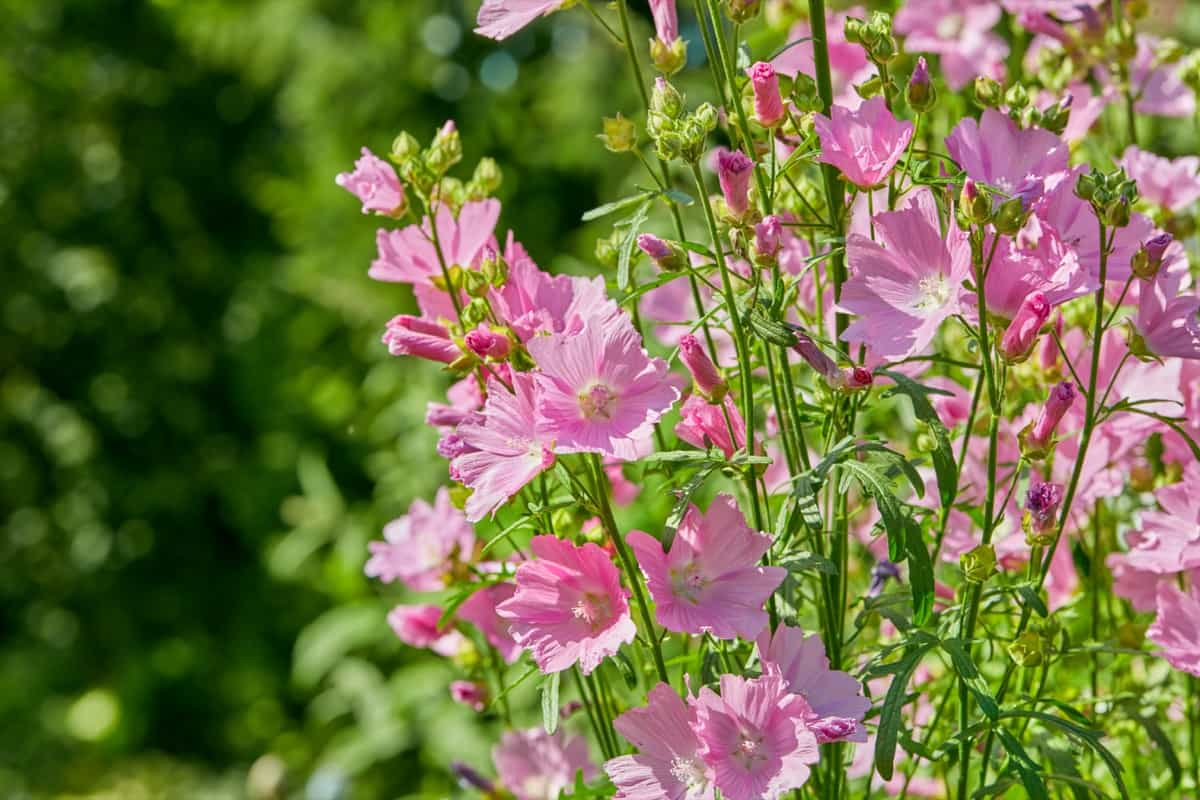
Gulkhaira traders should follow Good Trade Practices (GTP) guidelines, which include obtaining a valid license from the Drug Controller General of India (DCGI), verifying the source, quality, and quantity of the product before buying or selling, maintaining proper records of transactions and invoices, transporting the product in safe and hygienic conditions, and complying with relevant laws and regulations.
Conclusion
Venturing into Gulkhaira cultivation proves a strategic path to financial success. The high-yield nature and medicinal prowess of Aloe Vera present a lucrative opportunity. With proper cultivation techniques and an understanding of market dynamics, one can harness the economic potential of this resilient plant, reaping both health and wealth benefits.
- Types of Pesticides Used in Agriculture: A Beginner’s Guide
- Economical Aquaculture: A Guide to Low-Budget Fish Farming
- 15 Common Planting Errors That Can Doom Your Fruit Trees
- How to Make Houseplants Bushy: Effective Tips and Ideas
- Innovative Strategies for Boosting Coconut Pollination and Yield
- Pollination Strategies for Maximum Pumpkin Yield
- The Complete Guide to Chicken Fattening: Strategies for Maximum Growth
- Natural Solutions for Tulip Problems: 100% Effective Remedies for Leaf and Bulb-Related Issues
- Revolutionizing Citrus Preservation: Towards a Healthier, Greener Future
- Natural Solutions for Peony Leaf and Flower Problems: 100% Effective Remedies
- Maximizing Profits with Avocado Contract Farming in India: A Comprehensive Guide
- Natural Solutions for Hydrangea Problems: 100% Effective Remedies for Leaf and Flowers
- The Ultimate Guide to Choosing the Perfect Foliage Friend: Bringing Life Indoors
- From Sunlight to Sustainability: 15 Ways to Use Solar Technology in Agriculture
- The Ultimate Guide to Dong Tao Chicken: Exploring from History to Raising
- The Eco-Friendly Makeover: How to Convert Your Unused Swimming Pool into a Fish Pond
- Mastering the Art of Delaware Chicken Farming: Essentials for Healthy Backyard Flocks
- 20 Best Homemade Fertilizers for Money Plant: DIY Recipes and Application Methods
- How to Craft a Comprehensive Free-Range Chicken Farming Business Plan
- Brighten Your Flock: Raising Easter Egger Chickens for Beauty and Bounty
- How to Optimize Your Poultry Egg Farm Business Plan with These Strategies
- Subsidy for Spirulina Cultivation: How Indian Government Schemes Encouraging Spirulina Farmers
- Ultimate Guide to Raising Dominique Chickens: Breeding, Feeding, Egg-Production, and Care
- Mastering the Art of Raising Jersey Giant Chickens: Care, Feeding, and More
- Ultimate Guide to Raising Legbar Chickens: Breeding, Farming Practices, Diet, Egg-Production
- How to Raise Welsummer Chickens: A Comprehensive Guide for Beginners
- How to Protect Indoor Plants in Winter: A Comprehensive Guide
- Ultimate Guide to Grow Bag Gardening: Tips, Tricks, and Planting Ideas for Urban Gardeners
- Guide to Lotus Cultivation: How to Propagate, Plant, Grow, Care, Cost, and Profit
- Agriculture Drone Subsidy Scheme: Government Kisan Subsidy, License, and How to Apply Online
- Ultimate Guide to Raising Araucana Chickens: Breed Profile, Farming Economics, Diet, and Care
- Bringing Hydroponics to Classroom: Importance, Benefits of Learning for School Students
- Ultimate Guide to Raising Polish Chickens: Breed Profile, Farming Economics, Diet, and Care
- Ultimate Guide to Raising Australorp Chickens: Profile, Farming Economics, Egg Production, Diet, and Care
- Silkie Chicken Farming: Raising Practices, Varieties, Egg Production, Diet, and Care
- Sussex Chicken Farming: Raising Practices, Varieties, Egg Production, Diet and Care